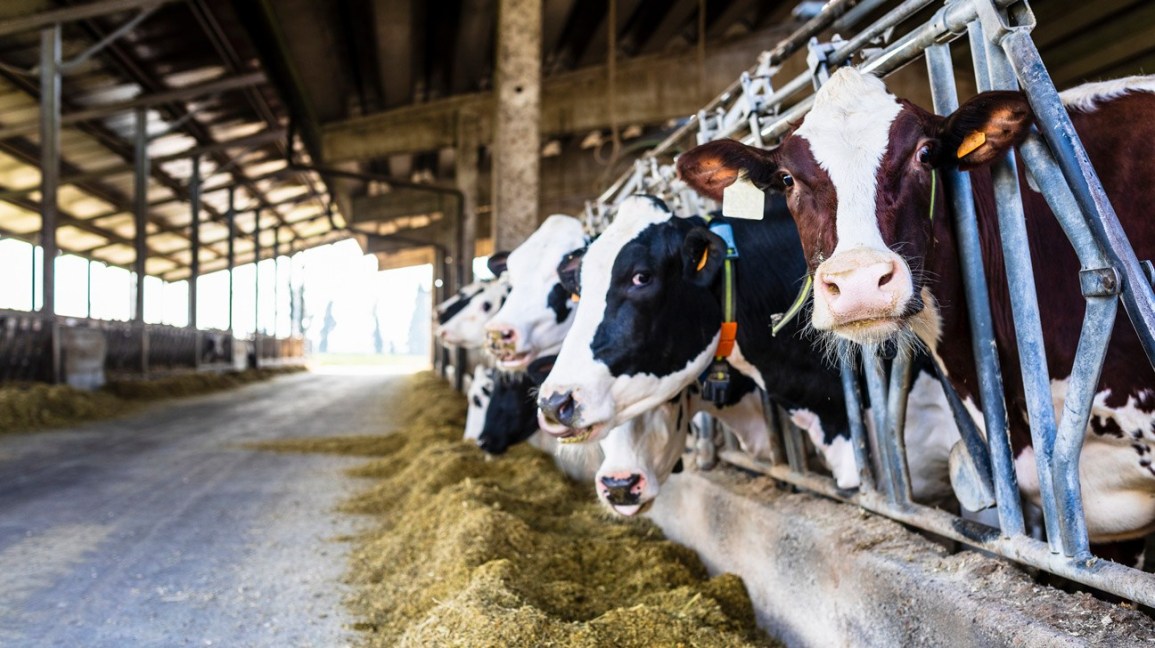Insights
Food for Thought: How Effective Communication Can Reshape the Way We Eat.

It’s fair to say that Americans are now more health-conscious than at any point in our history. When it comes to healthy eating and nutrition, in particular, Millennials and Boomers alike are paying closer attention to what’s in the food we consume and what impact it may have on our health. There’s good reason for this concern: data from the National Health and Nutrition Examination Survey suggests that the average American still has plenty of progress to make when it comes to consuming their recommended daily servings of key food groups like dairy, fruits, and vegetables.
All of us probably know we can and should be eating healthier whenever possible. But it’s no surprise that this particular public health battle has been an uphill one, especially when surveys reveal that only 33% of Americans have a strong degree of trust in the safety of the food they eat. Advocates for the food industry lament these findings, particularly because they argue that consumer concerns are often unfounded or arise out of misinformation, and could be fixed with the right kind of consumer education.
To get more insight into the communications challenges faced by food producers, we reached out to Theresa Sweeney, Communications Manager for the National Milk Producers Federation, to get her take on how her industry provides consumers with the information they need to make informed purchasing decisions.
What role does truth in labeling serve in the dairy industry?
Truth in labeling is an important part of the positioning for the dairy industry because it assures we remain competitive and provides consumers accurate information. Food labels were developed by the Food and Drug Administration (FDA) as a way to inform consumers about the food they were buying and dairy farmers have pushed to maintain this level of truthfulness on labels.
While other products and brands tout perceived benefits or imply the healthfulness of a highly processed plant-based food, truthful labeling ensures that the nutritional benefits and quality of dairy are clear. Our organization does not have an issue with plant-based products but we firmly believe they need to follow the FDA’s labeling rules, like everyone else.
Why is this important for consumer communications?
Consumers rely on labels to know the ingredients and health benefits of the foods they buy. A lack of truthful labeling confuses consumers about the health benefits they associate with certain products. For example, plant-based products using dairy terms on their labels have misled consumers about the nutritional value of these products. Our role is to unwind this information and help consumers understand that these products don’t have the same nutritional value as dairy products.
What’s the harm in inaccurate labeling?
Inaccurate labeling is confusing consumers and causing emergent malnutrition diseases. While consumers might not think these products contain dairy, there is confusion about the nutritional differences. The American Academy of Pediatrics cautions, “parents should be alert to the nutritional content of other products sold as “milk” (eg, almond milk, hemp milk) that may not provide equivalent calcium, vitamin D, or protein”[1] and may deprive healthy, growing children of essential nutrients. Dairy provides dependable nutritional value.
What is the biggest labeling concern / conversation happening in dairy labeling right now?
Over 90% of consumers have milk and plant-based beverages in their refrigerators. Confusion remains around the perceived healthfulness and nutritional quality of plant-based beverages compared to dairy. The dairy industry has always had to follow the standards of identity set forth by the FDA to ensure honesty and fair-dealing for consumers. Plant-based products haven’t yet been held to the same rigorous standards.
Fear-marketing tactics including use of the terms non-GMO, antibiotic-free, and “natural.” While these claims may be true, they also imply that the same product from a different company isn’t. This allows companies to charge more and it pushes companies with competing products to adopt the same practices to stay competitive.
Consumers want to know that dairy is produced responsibly. Dairy farmers are stewards of crucial natural resources and use the latest science and technology to care for their cows, water, land, and air. This dual story—sustainable nutrition—is something that resonates well with consumers.
How is truth in labeling changing marketing and PR for the industry?
It adds a layer of complexity beyond the product innovation and other challenges we face.
What does the future hold for dairy labeling issues?
As producers, processors, and brands coalesce around labeling, product innovation, and other topics, we are confident we can differentiate dairy amidst the other product offerings in the beverage category. Dairy farmers and dairy products have a great story, we just need to ensure that the story is conveyed effectively to consumers.
--
What do these insights tell us about communication in the agricultural and food spaces? If not properly checked, misinformation on these topics has the potential to run rampant, and skilled communicators need to work hand-in-hand with industry leaders to stop it. Ensuring that consumers get the facts is critical, and for the dairy industry, this means sharing fact-based information about food products by adhering to strict labeling standards. The lesson for other industries? Whether you strive to meet standards created by government regulators or ones created by your industry or your own organization, it’s important to establish key benchmarks on transparency that all consumer-facing communications can be measured against.